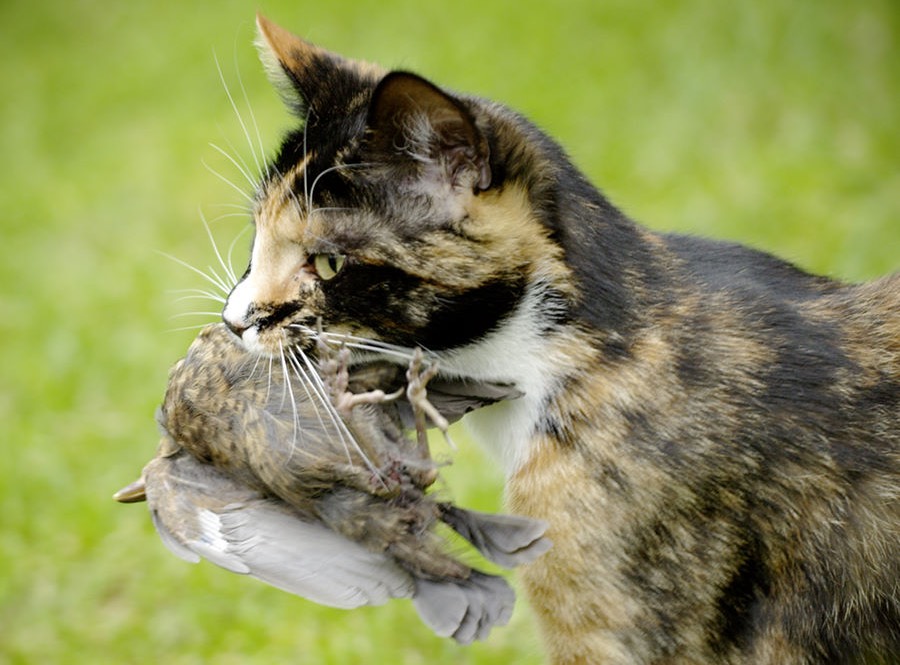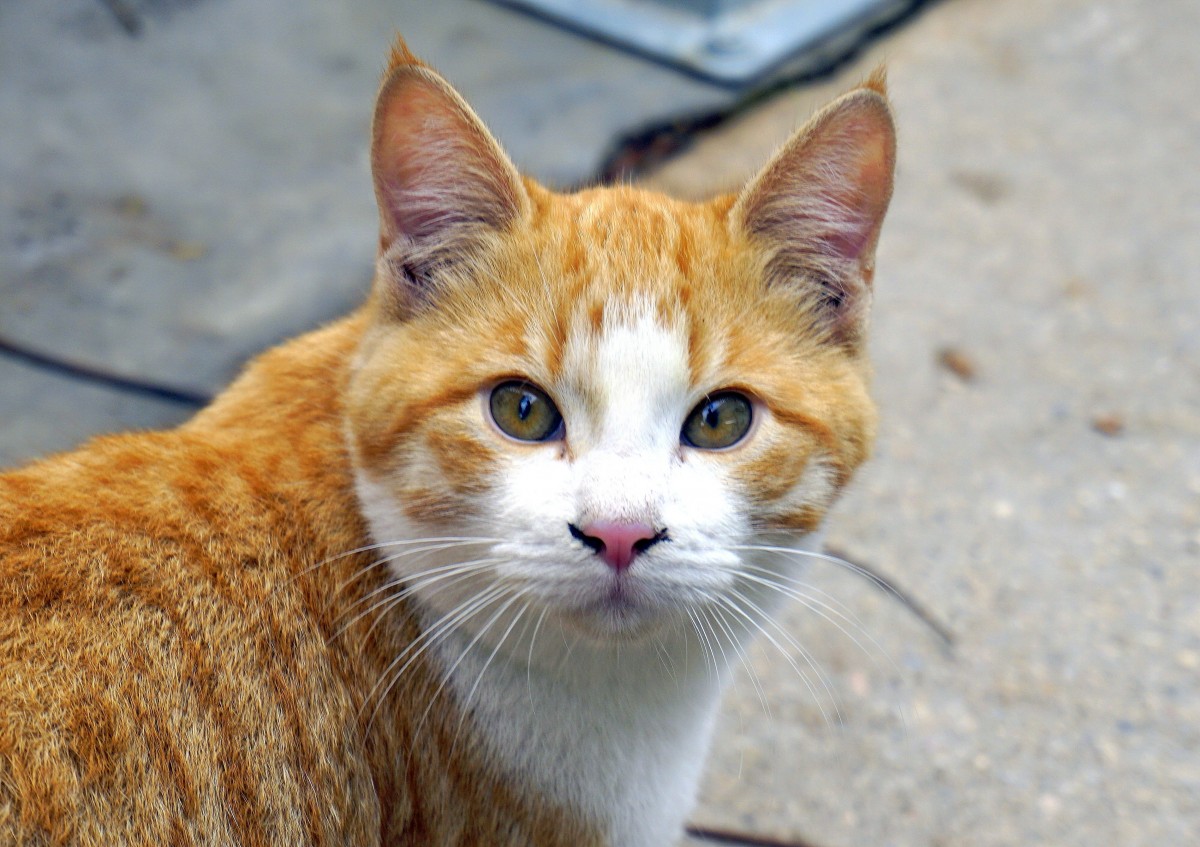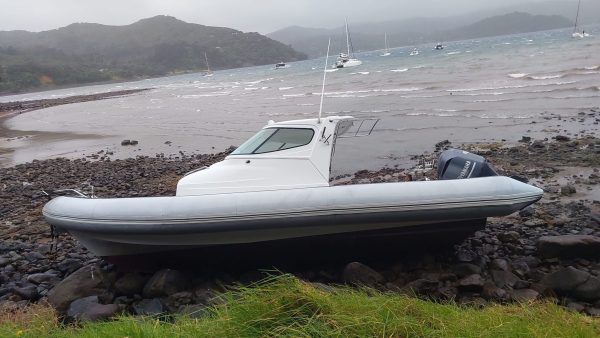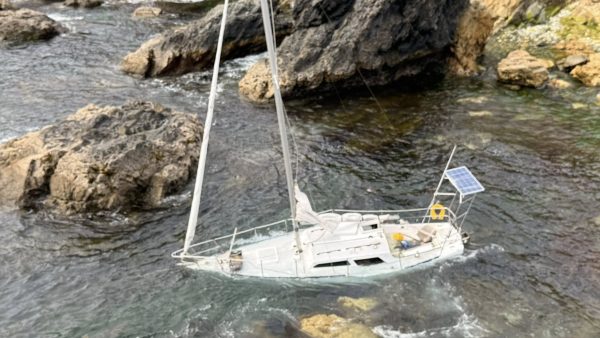Since the beginning of the year, over ten pet cats have mysteriously vanished on Aotea. In the past three weeks, four have disappeared. The trend has led to increased scrutiny of conservation efforts, but both the Department of Conservation (DoC) and Auckland Council tell AoteaGBI.news that their cat control efforts are down year on year and deny any involvement.
Council and DoC Deny Responsibility
Auckland Council’s head of Natural Environment Delivery, Phil Brown, provided statistics to illustrate their declining numbers. From June 1, 2021, to May 21, 2022, the council culled 83 cats. This number increased to 147 cats from May 22, 2022, to May 21, 2023, but dropped to 93 cats from May 22, 2023, to May 21, 2024.
“Our cat control on Aotea uses live capture trapping. Once cats are caught, they are carefully checked for the presence of a microchip or other signs of ownership,” Brown explained.
“Owned cats are released on-site or returned to their owners if identified. We encourage all cat owners on the island to get their cats microchipped and registered on the Companion Animal Register, and our local ‘Cat-alogue’ to assist us in identifying them and being able to return them home safely if caught in one of our traps.” he added.
All property owners within 1.5km of council trap lines receive a letter annually explaining the council’s feral cat control program and measures they can take to help keep their cats safe, Brown says.

Having owned cats microchipped, or with a named and addressed collar, and registered with www.animalregister.co.nz is a requirement for cats being transported to or among the Hauraki Gulf Islands in the Auckland Regional Pest Management Plan 2020-2030, he added.
The Department of Conservation has also reported a decline in feral cat control numbers over the past three years. From May 22, 2021, to May 22, 2022, DoC controlled 59 feral cats. This number increased to 77 cats the following year but then dropped to 54 cats from May 22, 2023, to May 22, 2024.
Know more? Email editor@aoteagbi.news
“We are not aware of any domestic pets being killed in our feral cat control work,” a DoC spokesperson stated. “The majority of DoC’s trapping effort is using live capture cage traps. This allows rangers to assess the animals before euthanasia occurs. If a domestic pet was identified, DoC would endeavour to contact the owners.”
Auckland Council maintains trap lines across various locations, including Kowhai Valley, Station Rock walkways, Kaitoke Dunes, Claris Recreation Reserve, Whangaparapara, Awana, Omata Rd, Aotea Rd, Harataonga dunes and track, Okiwi, Port Fitzroy, and throughout the Aotea Conservation Park.
DoC operates primarily around Hirakimata and the Whangapoua wetlands. “Aotea is free of many introduced predators that threaten native species on mainland New Zealand. However, feral cats are abundant and widespread on Aotea and threaten native fauna species including pāteke, tākoketai (black petrel), tūturiwhatu (dotterel), long-tailed bats, frogs, skinks, and geckos,” the DoC spokesperson explained.
Legal Implications
The laws around killing cats in New Zealand are stringent. Under the Crimes Act 1961:
- Section 269: Killing someone’s pet cat could be considered wilful damage to property.
- Section 269A: Killing animals without lawful excuse can apply if a pet cat is killed without the owner’s permission.
Under the Animal Welfare Act 1999:
- Section 12: Recklessly ill-treating animals can result in criminal charges if it causes unnecessary pain or distress.
- Section 28: Wilful or reckless ill-treatment of animals carries harsher penalties if the ill-treatment results in the animal’s death.
Where Are the Missing Cats?
Most of the missing cats are from the southern part of the island, an area outside of DoC and Ngāti Rehua Ngātiwai ki Aotea Trust’s Tū Mai Tonga’s operations.
Both Auckland Council and DoC stress that their cat control measures are essential for protecting native species. Brown reiterates, “Our goal is to reduce predation on protected species such as pāteke, bittern, petrel, dotterel, and lizards. Cats can also carry toxoplasmosis parasites which can impact human, livestock, and marine mammal health.”
A 2020 study revealed that, on average, each roaming pet cat kills 186 reptiles, birds, and mammals per year.
Forest & Bird advises cat owners that several measures can minimize the impact of their pets on native wildlife, including getting their cat desexed to prevent unwanted litters, putting a bell on it to reduce its hunting success, and keeping it indoors at night. They also suggest not replacing your cat when it dies, thereby gradually reducing the overall cat population and its effect on the environment.








There are 6 comments
I believe there needs to be a total ban on the killing of cats on Aotea. Far too many pets are being killed. On the other hand also, the rat population is totally out of control due to the killing of the feral cats that kept their numbers down. Rats are by far a worse problem for the bird and reptile life. The fact that rats will eat every egg in a nest along with the chick’s. DOC and the council have no idea about biodiversity. The problem is also compounded by so called do gooders, private people setting traps and killing people’s pets. These people do not check for microchips, and don’t care that they have killed someone’s precious furry family member. It’s quite obvious if a cat is feral or not, but they kill them anyway. Absolutely shocking to say the least. Time these feral humans were charged! They have caused so much sadness. Have been told of one incident where one of these people shot and killed a ladies cat on her own property! Something needs to happen to put a stop to this senseless killing.
On the subject of pests, humans are the biggest pest on the planet. We have done more damage to wildlife, their habits and the planet than any other species on the planet. Some reality needs prevail with the ways that humans think.
The killing of cats needs to stop!
I totally agree with you Kay & very true that rats kill more bird eggs & contaminate humans & animals far more than a cat does & without cats most places are riddled with rats …
Now that there’s less cats on Island the rat population has tripled regardless of the endless funding going into rat trapping & regardless of what funded data reads !
& just to add .. cats don’t eat our fruit or veges or birds eggs … rats do !
Rant over …
Thanks for that Helen you said everything I needed to say sad times all this hate for cat’s and killing,I think there should be funding to feed the birds planting fruit trees as well as natives for them to eat be nice planet when we come from love 😽😊
Totally agree 👍
I totally agree with you Kay & very true that rats kill more bird eggs & contaminate humans & animals far more than a cat does & without cats most places are riddled with rats …
Now that there’s less cats on Island the rat population has tripled regardless of the endless funding going into rat trapping & regardless of what funded data reads !
& just to add .. cats don’t eat our fruit or veges or birds eggs … rats do !
Rant over …
I totally agree with Helen, nature was always in balance its humans that have ruined this balance in order to create jobs. You all take the law into your own hands and kill the last wild / able to be tamed animals that give us so much love. Its alright for your dogs to run through the nesting birds every year, shall we kill the dogs as well.
As a cat owner I know there is more people out there who target cats in cruel ways with dogs.
Good on you Helen
Comments are closed.